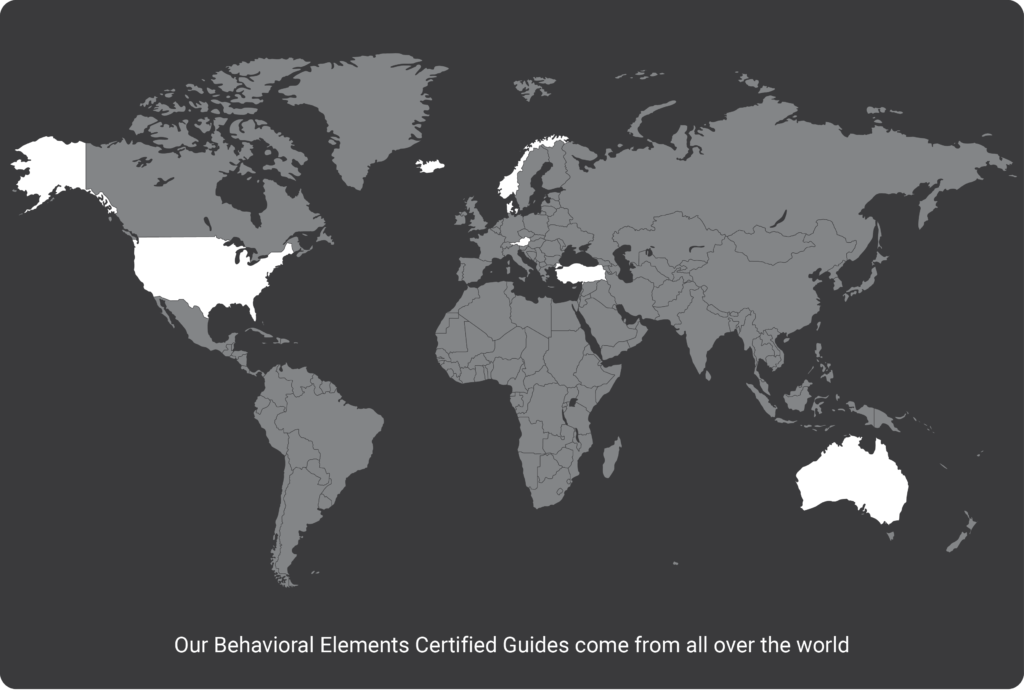As I sit here to write this blog post I can’t help but look up and see my personal task list posted on the wall behind my computer. On this task list, I have post-it notes with each task left to complete, organized by category and level of priority. While this may seem kind of ridiculous to some people, those who identified with the Earth element in the Behavioral Elements Program will completely understand my method.
The Behavioral Elements™ system helps to identify people’s natural behavioral preferences. Each of us has an internal set of drivers and motivators that guides our daily interactions and decisions. This system categorizes behaviors into four elemental style preferences: Air, Earth, Fire, and Water. Each elemental preference has a core set of values, standards, expectations, and drives that influence how we choose to behave both personally and professionally.
For people who identify with the Earth element, we live for systems and processes. We like having a systematic approach to managing projects and tasks- such as a homemade Kanban style to-do list of post-it notes on a wall.
”Being able to anticipate what is on the horizon has always been a priority to me.
After taking the Behavioral Element’s Assessment, suddenly many of my behaviors started to make sense to me. Since childhood, I have always been the one who needed a plan of what was going to happen today, this week, and even far into the future. Being able to anticipate what is on the horizon has always been a priority to me. I even find myself feeling anxious when things are left open ended. Taking the assessment, I found that I had an extremely large preference for Earth behaviors.

I can also see how my element has influenced my career choices. Looking back, the positions that I have found to be most rewarding have been those in which my responsibilities included organizing complex processes and procedures into manageable steps and deadlines. In my current role as a professional trainer, I use that same method when designing trainings. My goal is to take a complex topic and break it down into steps and logical pieces to then communicate that to an audience in a way that they can find is useable in their everyday life.
In developing an understanding of our own behavioral preferences and the preferences of the people we interact with we are able to behave more intelligently in a variety of contexts. For example, knowing the context of the 4 elements gives a better understanding of how each person impacts high performing teams in an organizational setting. It also allows us to identify challenging behaviors that create conflict, both personally and professionally. If knowledge is power, knowing your behavioral preference empowers you to elevate your performance to levels never before imagined.







